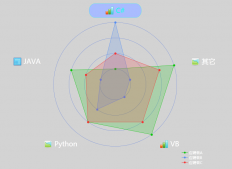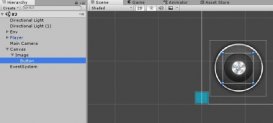本文实例为大家分享了unity3d网格功能生成球体网格模型的具体代码,供大家参考,具体内容如下
前面已经讲过怎样使用mesh生成一个自己的网格,那么本文将会讲述怎样将这个网格变换成自己想要的形状,比如一个球体。
我们需要知道一个从平面坐标到球体坐标的映射公式。假设平面坐标是(x,y),球体坐标是(x0,y0,z0),则
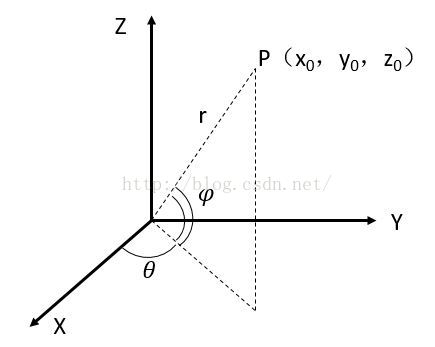
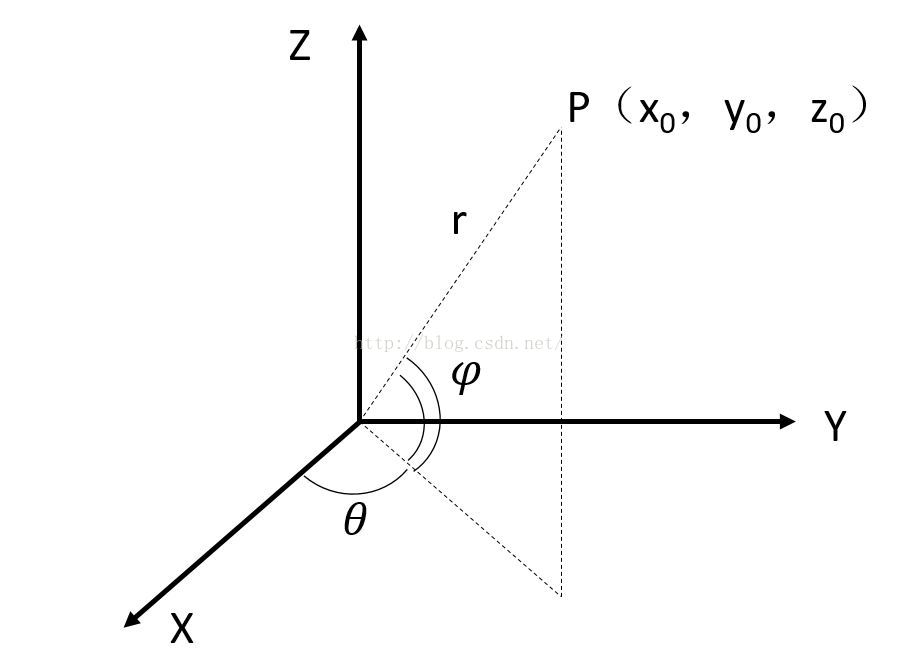

球体坐标(x0,y0,z0)可以通过以下代码得到,(x,y) 对应vertices[i].x和vertices[i].y。
|
1
2
3
|
v.x = r * mathf.cos(vertices[i].x / width * 2 * mathf.pi) * mathf.cos(vertices[i].y / height * mathf.pi - mathf.pi / 2); v.y = r * mathf.sin(vertices[i].x / width * 2 * mathf.pi) * mathf.cos(vertices[i].y / height * mathf.pi - mathf.pi / 2);v.z = r * mathf.sin(vertices[i].y / height * mathf.pi - mathf.pi / 2); |
完整代码在最后,将完整的脚本绑定到一个空物体上,把棋盘格图案chessboard.jpg放到assets\resources下,还要在场景中生成一个sphere作为显示网格顶点的辅助物体。一切就绪后,运行效果如下:
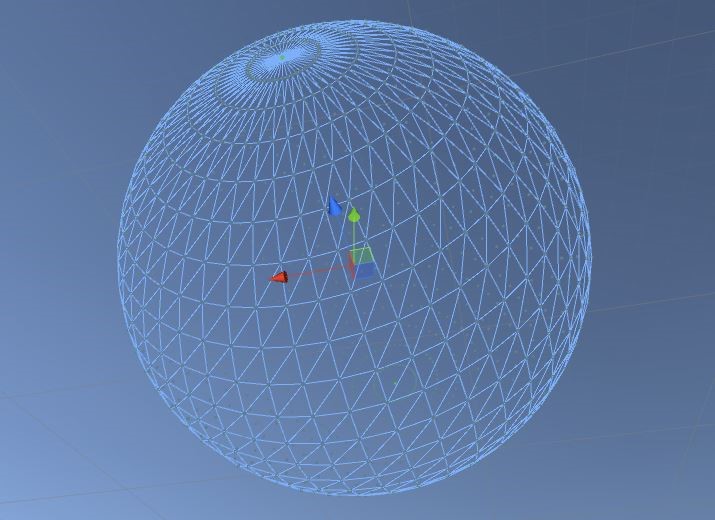
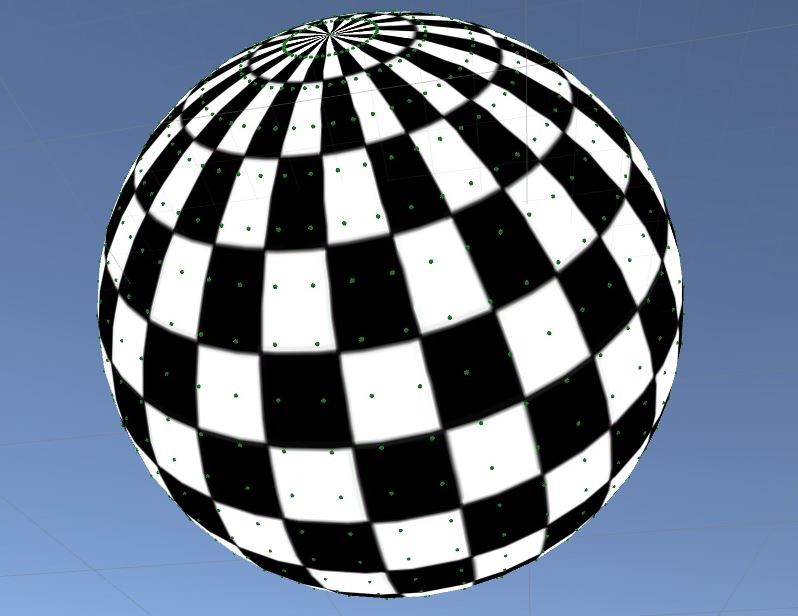
|
1
2
3
4
5
6
7
8
9
10
11
12
13
14
15
16
17
18
19
20
21
22
23
24
25
26
27
28
29
30
31
32
33
34
35
36
37
38
39
40
41
42
43
44
45
46
47
48
49
50
51
52
53
54
55
56
57
58
59
60
61
62
63
64
65
66
67
68
69
70
71
72
73
74
75
76
77
78
79
80
81
82
83
84
85
86
87
|
using unityengine;using system.collections; public class ballmesh : monobehaviour{ mesh mesh; vector3[] vertices; vector2[] uv; int[] triangles; vector3[] normals; public gameobject sphere; gameobject[] spheres; void start() { gameobject.addcomponent<meshfilter>(); gameobject.addcomponent<meshrenderer>(); texture img = (texture)resources.load("tm"); gameobject.getcomponent<renderer>().material.maintexture = img; mesh = new mesh(); int m = 25; //row int n = 50; //col float width = 8; float height = 6; vertices = new vector3[(m + 1) * (n + 1)];//the positions of vertices spheres = new gameobject[(m + 1) * (n + 1)]; uv = new vector2[(m + 1) * (n + 1)]; normals = new vector3[(m + 1) * (n + 1)]; triangles = new int[6 * m * n]; for (int i = 0; i < vertices.length; i++) { float x = i % (n + 1); float y = i / (n + 1); float x_pos = x / n * width; float y_pos = y / m * height; vertices[i] = new vector3(x_pos, y_pos, 0); float u = x / n; float v = y / m; uv[i] = new vector2(u, v); } for (int i = 0; i < 2 * m * n; i++) { int[] triindex = new int[3]; if (i % 2 == 0) { triindex[0] = i / 2 + i / (2 * n); triindex[1] = triindex[0] + 1; triindex[2] = triindex[0] + (n + 1); } else { triindex[0] = (i + 1) / 2 + i / (2 * n); triindex[1] = triindex[0] + (n + 1); triindex[2] = triindex[1] - 1; } triangles[i * 3] = triindex[0]; triangles[i * 3 + 1] = triindex[1]; triangles[i * 3 + 2] = triindex[2]; } int r = 10; for (int i = 0; i < vertices.length; i++) { spheres[i] = instantiate( sphere,this.transform) as gameobject; vector3 v ; v.x = r * mathf.cos(vertices[i].x / width * 2 * mathf.pi) * mathf.cos(vertices[i].y / height * mathf.pi - mathf.pi / 2); v.y = r * mathf.sin(vertices[i].x / width * 2 * mathf.pi) * mathf.cos(vertices[i].y / height * mathf.pi - mathf.pi / 2); v.z = r * mathf.sin(vertices[i].y / height * mathf.pi - mathf.pi / 2); //v = vertices[i]; vertices[i] = v; spheres[i].transform.localposition = v; normals[i] = new vector3(0,1,0); } mesh.vertices = vertices; mesh.normals = normals; mesh.uv = uv; mesh.triangles = triangles; this.getcomponent<meshfilter>().mesh = mesh; } } |
以上就是本文的全部内容,希望对大家的学习有所帮助,也希望大家多多支持服务器之家。
原文链接:https://blog.csdn.net/zzlyw/article/details/53256916


